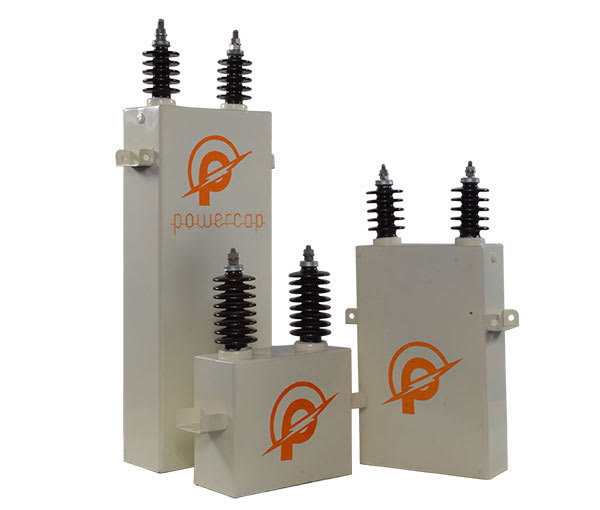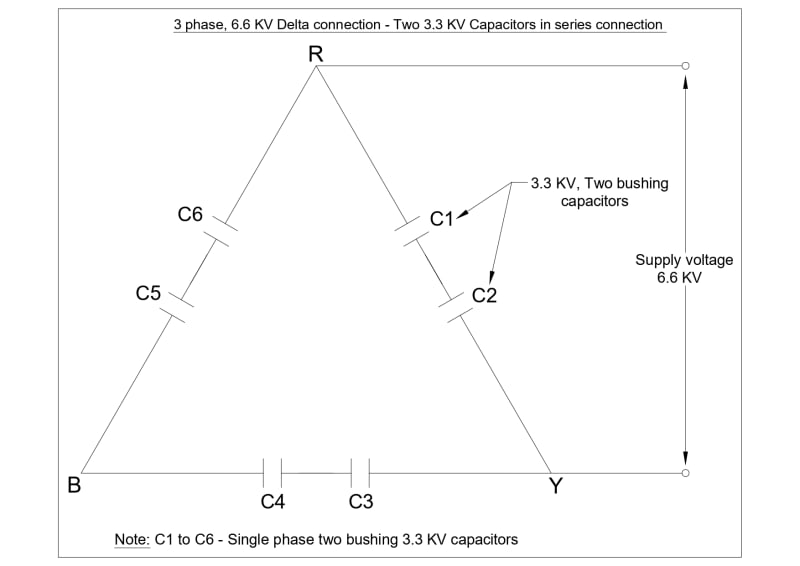More thoughts:
If a can shorts internally, the other one will be exposed to 6.6 kV, which would lead to explosive failure, so "outside" fuses in series with each pair of cans would be a necessity.
Our utility has no 500 kV cap banks, but we have quite a number of 230's, and they're constructed much as Bill described, but always in wye, never in delta.
One refinement most of ours use is to split each phase-to-neutral leg of series-parallel cans into two parallel paths, with a CT in the link between the two neutral points and grounded on one side; neutral unbalance alarms indicate an imbalance of capacitance, and we dispatch Electrical Maintenance to inspect the cap bank. "Grasshopper" fuses are generally used to facilitate easy detection in cases where an internal breakdown or failure has occurred. Open cans are a different matter, and in the absence of a bulging can or other visual evidence these are notoriously difficult to track down...
CR
"As iron sharpens iron, so one person sharpens another." [Proverbs 27:17, NIV]



